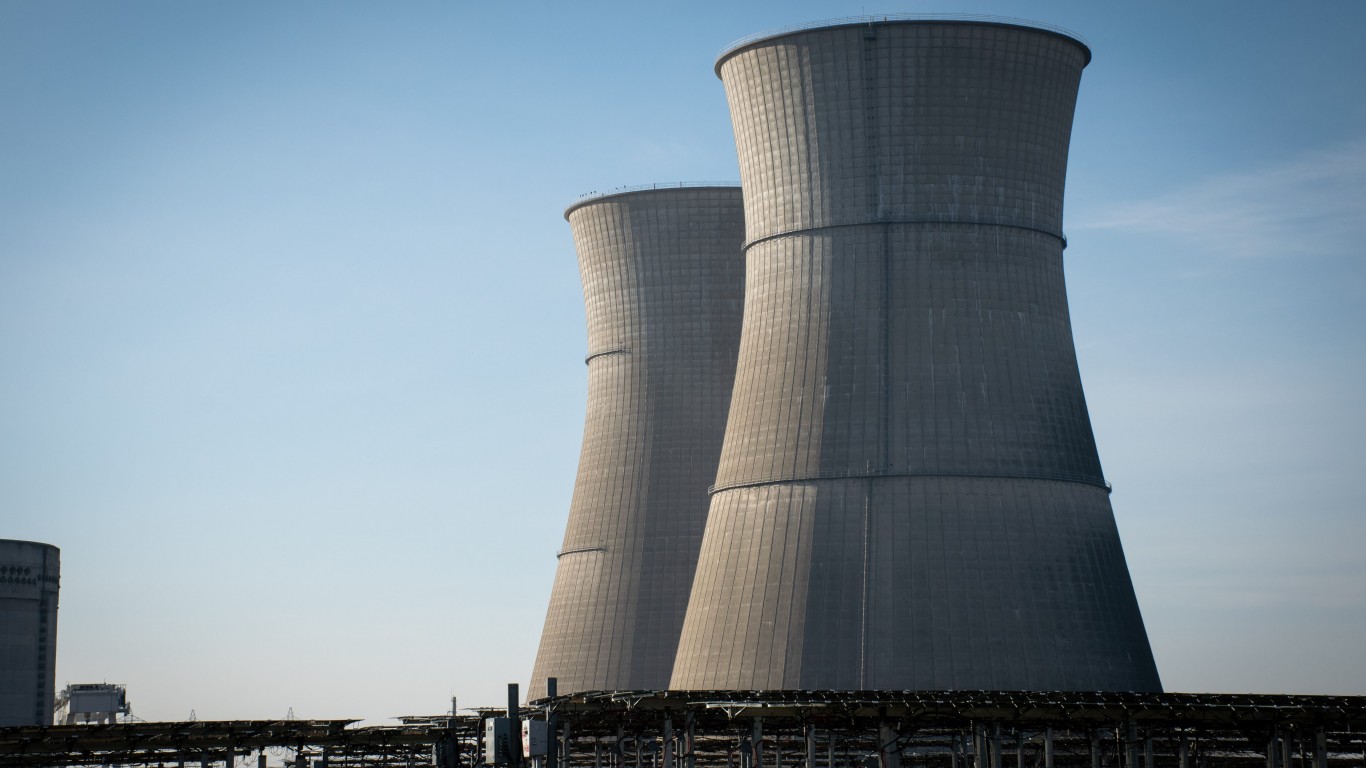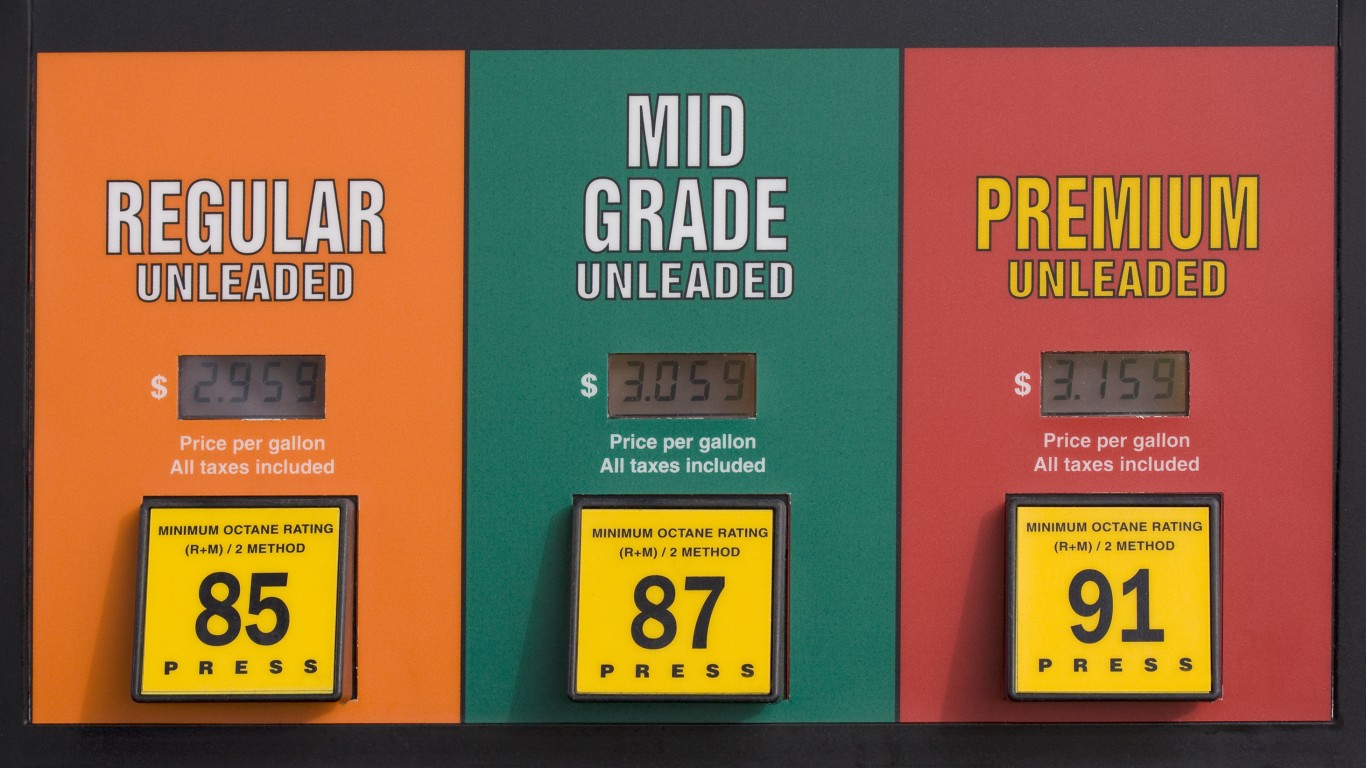 Forget the horrendous images of the nuclear catastrophe in Japan, which seem to grow worse by the minute. Most nuclear plants get themselves in trouble for not doing mundane things right like following procedures. The results may not be as frightening as a possible meltdown but they are nonetheless worrisome.
Forget the horrendous images of the nuclear catastrophe in Japan, which seem to grow worse by the minute. Most nuclear plants get themselves in trouble for not doing mundane things right like following procedures. The results may not be as frightening as a possible meltdown but they are nonetheless worrisome.
David Lochbaum of the Union of Concerned Scientists, one of the most respected observers of the industry, this week released a report with this startling statistic: “The NRC reported on 14 near‐misses at reactors last year. 12 near‐misses involved safety problems while 2 near‐misses were for security problems.” A near miss is a serious incident at a plant which required the attention of federal regulators.
One operator, Progress Energy (NYSE: PGN), was especially troublesome to Lochbaum. The Raleigh, North Carolina-based company owns five plants. Three of the reactors (Brunswick 1, Brunswick 2 and Robinson 2 ) are currently subject to enhanced scrutiny by the NRC. A third Progress reactor, Crystal River 3, is shut because workers broke the containment wall. In Lochbaum’s opinion, that’s unacceptable.
“There are 104 nuclear power reactors operating in the US and Progress Energy only owns 5 of them,” he writes. “Progress Energy had more
than its share of near‐misses last year. Why? Was the company merely unlucky? Or did the corporate hand play a role in these safety problems?”
In response, Raleigh, North Carolina-based Progress Energy is promising that it will do better. Spokesman Mike Hughes writes in an email that the company continuously works to improve safety.
” We have taken specific actions to address each of the events last year that led to special inspections,” Hughes says. ” In addition, we continue to strengthen corporate policies and oversight to ensure we sustain a culture of questioning and safe, conservative operation.”
Lochbaum’s report underscored problems at other plants. Entergy Corp. (NYSE: ETR), for instance, has taken grief from activists for years for its Vermont Yankee plant at the Indian Point plant near New York City.
In 2009, Vermont Yankee disclosed to the Vermont Department of Public Health that radioactive tritium into the groundwater. The Vermont Department of Health says as of February 10 approximately 325,000 gallons of tritium-contaminated groundwater has been pumped out of the ground. At first, an executive denied that there were underground pipes that could leak. Debate is raging in Vermont over its relicensing in the wake of the tragedy in Japan because the reactor has the same design as the ones facing meltdowns over there. There was also a turbine fire and collapse of a cooling tower.
Inexplicably, the NRC is leaning toward renewing the plant’s license.
“But NRC’s rubberstamp of this old and leaking nuclear reactor says more about the Commission and its deference to the nuclear industry than it does about the battle over Vermont’s energy future,” writes Jim Riccio of Greenpeace, in a recent blog post.
Indian Point has aroused concerns of activists and public officials who fear that its proximity to New York City makes it a tempting target for terrorists. The Japan crisis has only heightened these concerns. However, Lochbaum’s report uncovered the disturbing finding that “during every refueling outage since 1993 at Indian Point Unit 2 (New York), radioactively contaminated water has been leaking into containment at rates between two and ten gallons per minute.”
According to Riccio, the plant is at a terrible location, adding in an interview that it could be “compromised by a traffic helicopter. ”
Ohio is facing a firestorm of controversy in its efforts to extend to 2037. Beyond Nuclear says the Ohio plant has the worst safety record of any plant in the country. The NRC says the reactor has been the location of two of the worst nuclear incidents since 1979. In 2002, workers at the plant found a corrosion hole at the top of the reactor. The plant was closed for two years and FirstEnergy was criminally prosecuted. According to the Akron Beacon-Journal, “cracks in the nozzles of the reactor head” were recently discovered at the plant though FirstEnergy says the problems are not serious.
Critics have complained for years that the NRC is too easy on the industry. For instance, investigators in 2007 found evidence that security guards at the Peach Bottom plant in Pennsylvania were sleeping on the job. The NRC fined Chicago-based Exelon Corp. (NYSE: EXC) $65,000 for the incident, a pittance for the company whose market cap exceeds $26 billion.
“The industry complains the NRC is too strict. The intervenors
complain the NRC is not strict enough. Sounds like the NRC may have the
balance correct,” writes Dr. Paul Turinsky, chairman of the Department of Nuclear Engineering at North Carolina State University, in an email to 24/7 Wall St. “Some technical issue appears and either it is not fully recognized or a sufficient root cause analysis of the problem to fully address the underlying cause is not completed. Due to years of operating the plants, one would expect the number of technical issues would decrease as these issue are effectively addressed, so if there is a trend [don’t know whether there is] of a higher ratio of management to technical issues, this may explain it.”
The Japan crisis could not have come at a worst time for the nuclear power industry. President Obama has made the sector a cornerstone of America’s policy to ween itself off its dependence on oil from the politically unstable Middle East. Earlier this week, Energy Secretary Steven Chu said the Administration wants to add $36 billion to an already-existing $18.5 billion loan guarantee program for new reactors. These projects are politically popular because they create good paying jobs both in the plant’s construction and its operation.
In the decades since Three Mile Island, there has not be an accident in the U.S. of a similar magnitude. The Nuclear Energy Institute, an industry trade group argues that reactors are among the safest industrial facilities in the country. Indeed, nuclear power will remain an integral part of the energy mix of the United States for decades to come regardless of the outcome of the situation in Japan. There is little other choice given the potential downsides to all forms of energy production. Folks on Waynesboro, Georgia, the site of the Southern Co.’s (NYSE: SO) Alvin W. Vogtle plant, where an $18.7 billion new reactor is planned, are not too worried about the crisis in Japan, according to USA Today.
“We have a lot of confidence in the Southern Co.,” Waynesboro Mayor George DeLoach told the newspaper. “The plant is over 20 years old. It’s been operating since the late ’80s and we haven’t had a serious accident or complaint out there. They do a great job.”
While that may be true, the industry got plenty of help. During the late 1990s, states deregulated their electricity markets and allowed utilities to refinance the debts at their plants at lower interest rates. It saved them a fortune. Suddenly, operators of aging reactors were asking the NRC to extend their licenses instead of mothballing them. The ranks of nuclear engineering graduates, which had been in decline for years, began to swell. However, the Union of Concerned Scientists argues that without government subsidies, the industry would not be economically viable.
“While nuclear power has some beneficial attributes (low operating costs, economies of scale, and low carbon emissions per unit of energy delivered), pricing transparency on all of its attributes most likely would have dampened past investment in nuclear power and shifted resources to alternative technologies,” the non-profit group says.
The crisis in Japan may make it much harder for new reactors to be built and existing ones to expand.
–Jonathan Berr
Are You Still Paying With a Debit Card?
The average American spends $17,274 on debit cards a year, and it’s a HUGE mistake. First, debit cards don’t have the same fraud protections as credit cards. Once your money is gone, it’s gone. But more importantly you can actually get something back from this spending every time you swipe.
Issuers are handing out wild bonuses right now. With some you can earn up to 5% back on every purchase. That’s like getting a 5% discount on everything you buy!
Our top pick is kind of hard to imagine. Not only does it pay up to 5% back, it also includes a $200 cash back reward in the first six months, a 0% intro APR, and…. $0 annual fee. It’s quite literally free money for any one that uses a card regularly. Click here to learn more!
Flywheel Publishing has partnered with CardRatings to provide coverage of credit card products. Flywheel Publishing and CardRatings may receive a commission from card issuers.
Thank you for reading! Have some feedback for us?
Contact the 24/7 Wall St. editorial team.




